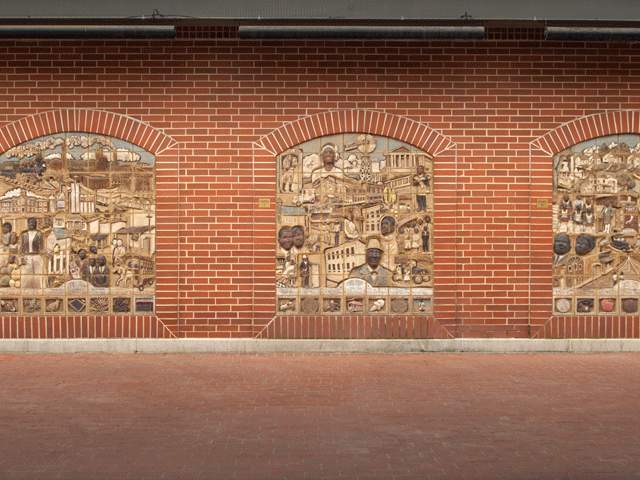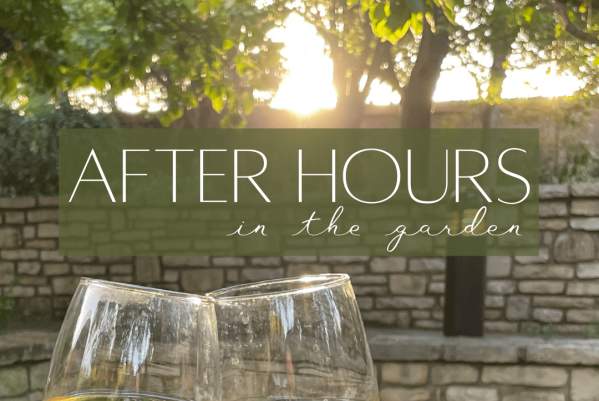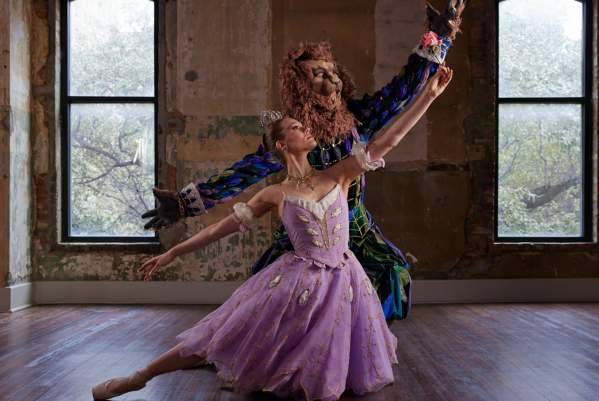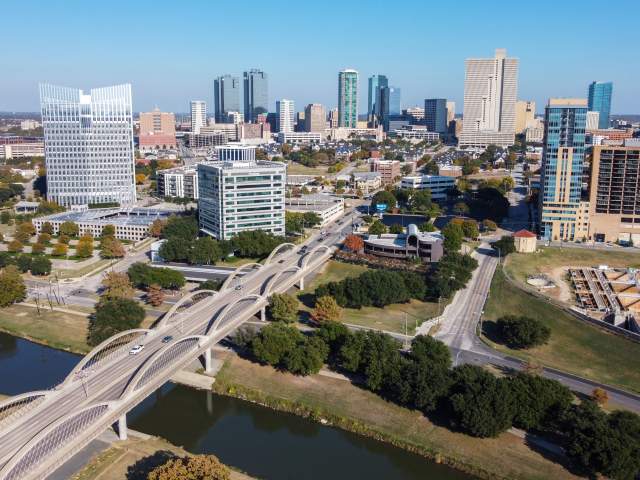Native American History in Fort Worth
Fort Worth is rich in Western history and colorful heritage. Perhaps, the story of Cynthia Ann and Quanah Parker is one of the best known frontier tales in American history.
Take a look below at the many Native American and Comanche related sites of interest available in Fort Worth.
COMANCHE AND NATIVE AMERICAN SITES
QUANAH PARKER
 Quanah Parker, a frequent visitor to Fort Worth, known as the last great Comanche Chief was a prolific and fierce warrior. He led his people into battle persevered but ultimately surrendered to life on a reservation.
Quanah Parker, a frequent visitor to Fort Worth, known as the last great Comanche Chief was a prolific and fierce warrior. He led his people into battle persevered but ultimately surrendered to life on a reservation.
The Comanches, known as the "Lords of the Plains", were regarded as perhaps the most dangerous Indians Tribes in the frontier era.
One of the most compelling stories of the Wild West is the abduction of Cynthia Ann Parker, Quanah's mother, who was kidnapped at age 9 by Comanches and assimilated into the tribe. At age 34, Cynthia Ann was stolen from the Comanches by Texas Rangers and returned unwillingly, to her former life.
A Guide to the PBR World Finals Championship in Fort Worth
It’s the most dangerous eight seconds in sports, and only the best will become the PBR World…
Fort Worth Summer Getaway
Welcome to Fort Worth, where Western heritage meets cultural events, live music and foodie hotspots…
Bob’s 3 Things – May 2024 Blog
Three perspectives on the city’s hospitality industry from Visit Fort Worth’s…
Cinco de Mayo in Fort Worth
Celebrate Mexican American culture in Fort Worth with a margarita (or two) in hand and plenty of…
Mother's Day Brunch
Celebrate the mother of all holidays with brunch in Fort Worth! The city has great brunch spots on…














